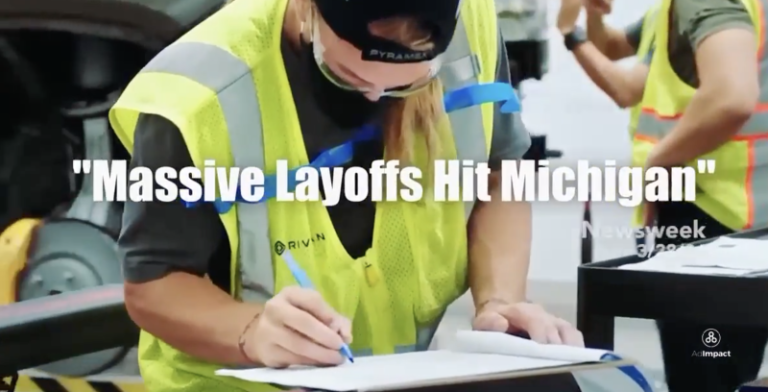“Kamala Harris supports EV mandates, killing Michigan jobs. She wants to end all gas-powered cars. Crazy but true. Harris’s push requiring electric only is failing big, and Michigan autoworkers are paying the price. Massive layoffs already started. She could tank Michigan’s whole economy.”
— Donald Trump campaign ad, released Oct. 17




